Marco Strappato
22.11.2013 – 09.01.2014
Exhibition Views

Not yet titled, 2013, exhibition view at The Galley Apart (ground floor), Rome, photo by Giorgio Benni 
Not yet titled, 2013, exhibition view at The Galley Apart (ground floor), Rome, photo by Giorgio Benni 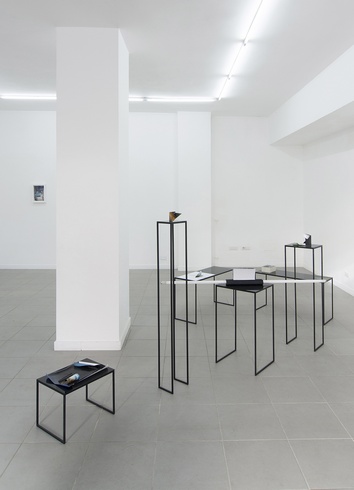
Not yet titled, 2013, exhibition view at The Galley Apart (ground floor), Rome, photo by Giorgio Benni 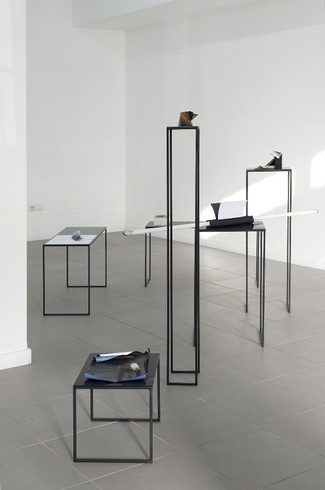
Not yet titled, 2013, exhibition view at The Galley Apart (ground floor), Rome, photo by Giorgio Benni 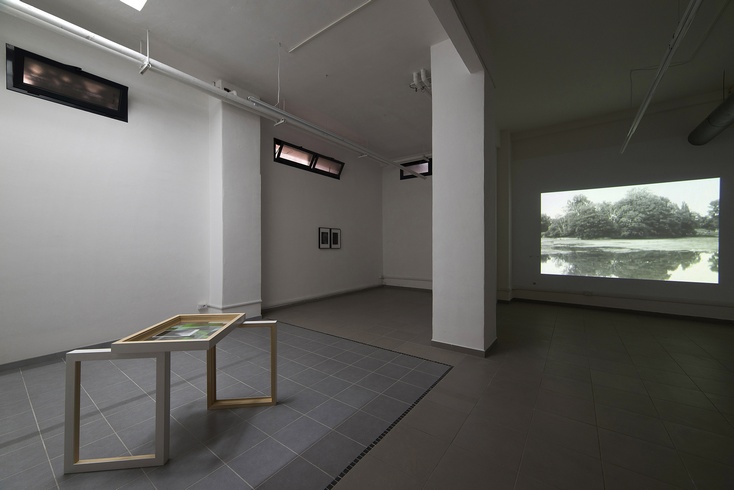
Not yet titled, 2013, exhibition view at The Galley Apart (basement), Rome, photo by Giorgio Benni
Works

Untitled(F), 2013, exhibition view at The Galley Apart, Roma, photo by Giorgio Benni 
Untitled(F), 2013, c-print, cm 100×77, photo by Giorgio Benni 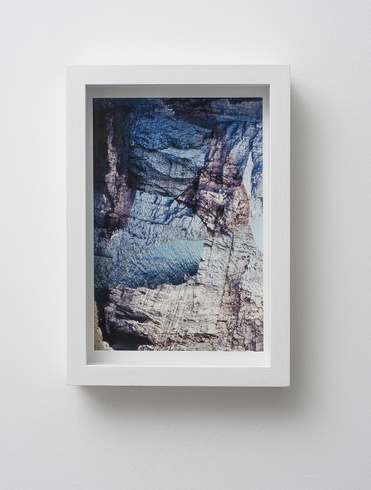
Untitled(G), 2013, c-print, cm 22×33, photo by Giorgio Benni 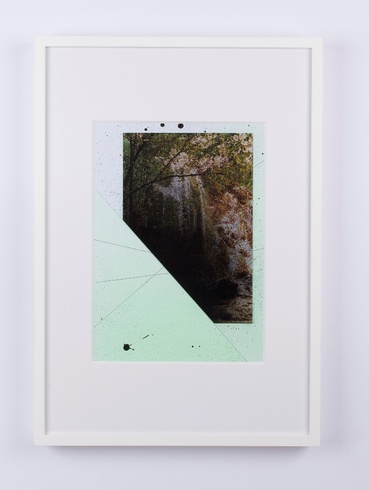
Untitled(35-1), 2013, collage, cm 60×40 con cornice/framed, photo by Elisa Andreini 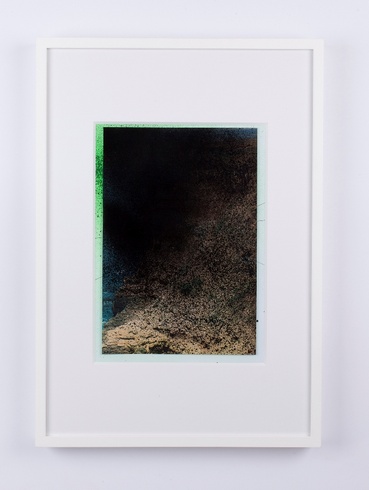
Untitled(35-2), 2013, collage, cm 60×40 con cornice/framed, photo by Elisa Andreini 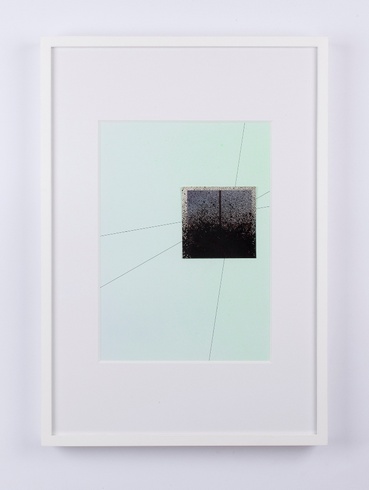
Untitled(35-3), 2013, collage, cm 60×40 con cornice/framed, photo by Elisa Andreini 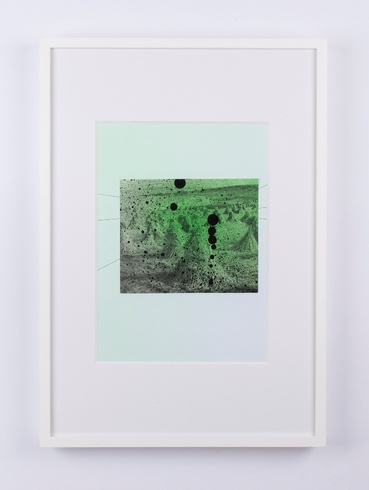
Untitled(35-4), 2013, collage, cm 60×40 con cornice/framed, photo by Elisa Andreini 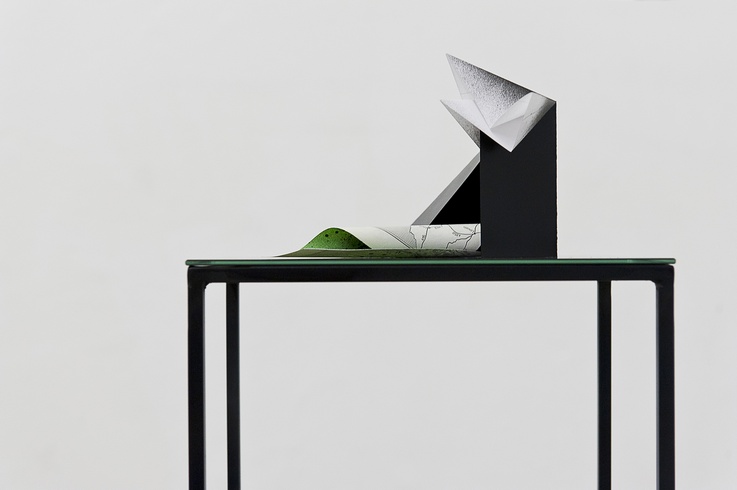
Untitled(VF 35), detail, 2013, photo by Davide Tremolada 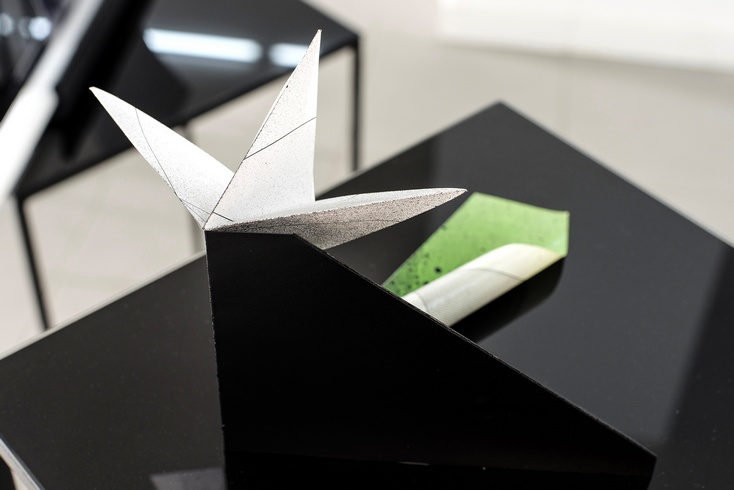
Untitled(VF 35), detail, 2013, photo by Giorgio Benni 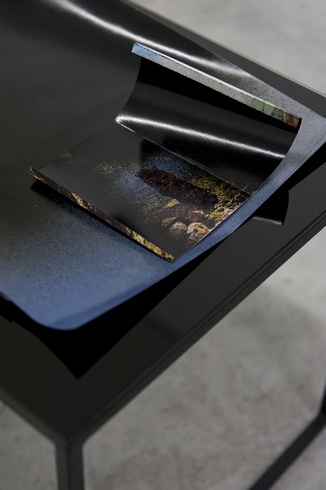
Untitled(VF 35), detail, 2013, photo by Davide Tremolada 
Untitled(VF 35), detail, 2013, photo by Davide Tremolada 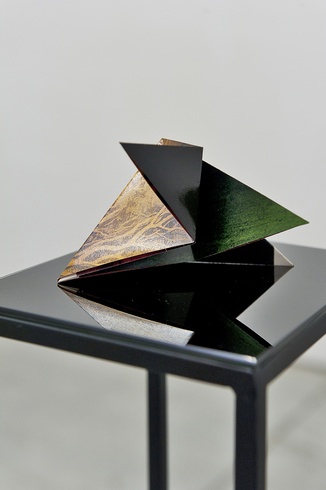
Untitled(VF 35), detail, 2013, photo by Davide Tremolada 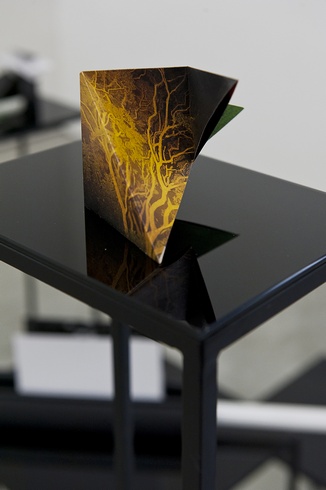
Untitled(VF 35), detail, 2013, photo by Davide Tremolada 
Untitled(VF 35), detail, 2013, photo by Davide Tremolada 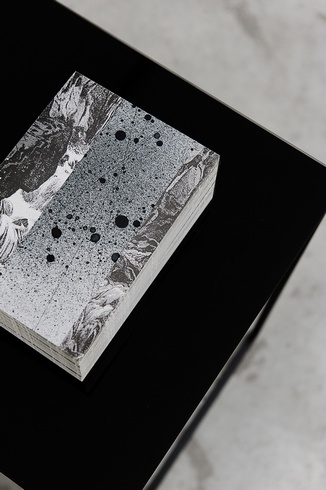
Untitled(VF 35), detail, 2013, photo by Giorgio Benni 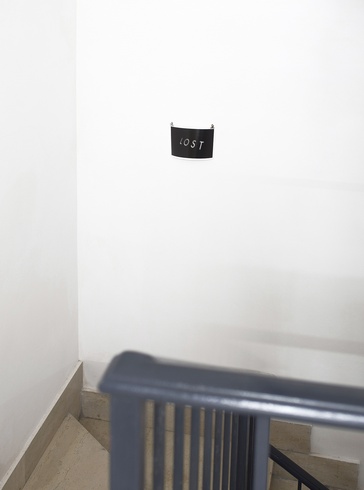
Untitled(J), 2013, exhibition view at The Galley Apart, Roma, photo by Giorgio Benni 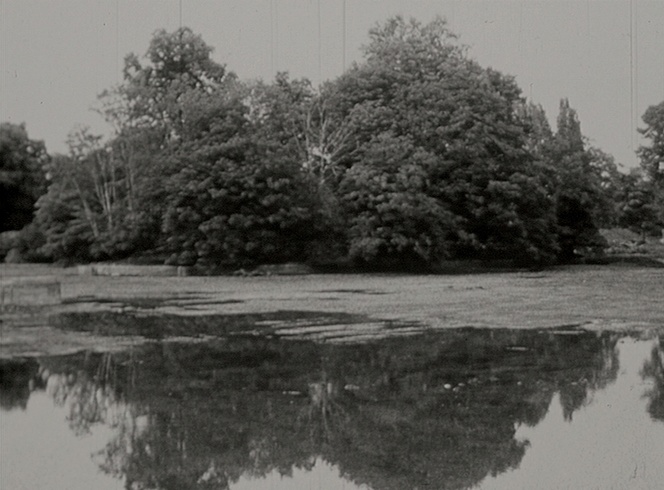
Untitled(M), 2013, still from video, loop 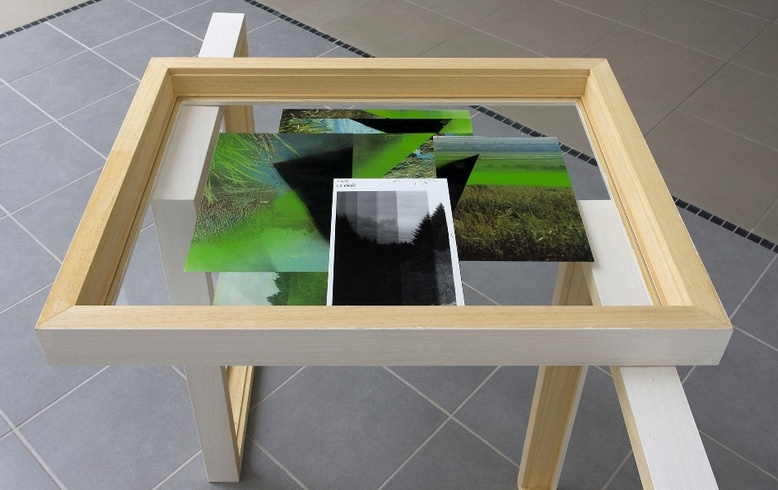
Untitled(A), 2013, photo by Giorgio Benni 
Untitled(35-5), 2013, photo by Giorgio Benni
The Gallery Apart is proud to present Not yet titled by Marco Strappato, the second solo exhibition dedicated to the artist following the exhibit La ripetizione, qualora sia possibile, rende felici hosted in 2011 in the former gallery spaces in via Monserrato, Rome.
Marco Strappato makes his comeback to Rome with an exhibition of his new works, after several meaningful artistic and educational experiences, including his recent admission to the ‘MA programme in Sculpture’ at the Royal College of Art in London, where the artist has been living and working for a few years now.
Strappato further reflects on the themes addressed in his research, starting from the common visual and linguistic codes that he consistently challenges and calls into question through the selection, manipulation and alteration of the images. Among the wide variety of material and visual information available in our everyday life, Strappato prefers a particular category of images, which Michael Jacob defines as landscape-images. A category that may be used to understand the aesthetic experience in our contemporaneity, amid the rhetorical discourses about the authentic and inauthentic, the exotic and familiar, the artificial and the natural. For the project Not yet titled, Strappato has developed a new series of collages, an installation and some in-situ performances.
As highlighted by Claudio Musso, one of whose article on Strappato’s work also elevates and exalts the exhibition, “From a certain point of view, we may read the evolution of art as the construction, life and metamorphosis of images. This is partly due to the human need to take in (and understand)the surrounding environment. Hence, the reproduction of reality has soon internalized the limits imposed by conventions and defined them with words that may all be synonyms of constraint (frame, framing, painting or screen).
Today, undertaking a research on the image implies the immersion into a continuous flow, where, sometimes, the selection, the modification or the touch-up are more effective than the ex-novo creation. Marco Strappato carries out a material analysis of the representation, oftentimes he enters into direct contact with the image-objects (photographs, prints, slide films, pages, films) found along his path and that he treats as a living body. His main goal, at first sight, is the landscape in its multiple representations. Although evidence may seem to prove the contrary, his paintings do not represent natural landscapes, but they are far-away places or places of desire, film settings for stories whose plot has been roughly outlined or yet to be written, where it is easy to spot some familiar features and which, however, it is hard to link to the right place they belong to.More than joining the pictorial art, some kinds of Vedutism, Strappato provokes and evokes interior visions, shifted onto the outside world, or rather onto its depiction. Images are explored through their own perception and, mostly in the artist’s more recent artworks, through exhibition systems wherein the meaning of landscape may be confused and interchanged with that of portrait (and viceversa).”
The Gallery Apart è orgogliosa di presentare Not yet titled di Marco Strappato, seconda personale dedicata all’artista dopo la mostra La ripetizione, qualora sia possibile, rende felici tenutasi nel 2011 nel precedente spazio di via Monserrato.
Marco Strappato torna ad esporre a Roma dopo importanti esperienze artistiche e formative, tra cui la recente ammissione al ‘MA programme in Sculpture’ presso il Royal College of Art di Londra , città dove l’artista vive e lavora già da tempo.
Strappato compie un’ulteriore riflessione sui temi cari alla sua ricerca, a partire dai comuni codici visivi e linguistici che egli rimette continuamente in discussione attraverso la selezione, la manipolazione e l’alterazione delle immagini. Fra le infinite possibilità di materiali e informazioni visive del nostro quotidiano, Strappato predilige una particolare categoria di immagini, quelle che Michael Jakob definisce come immagini-paesaggio. Categoria che può essere utilizzata per comprendere appieno l’esperienza estetica in età contemporanea, fra retoriche dell’autentico e dell’inautentico, dell’esotico e del quotidiano, dell’artificiale e del naturale. Per il progetto Not yet titled, Strappato ha realizzato una serie di nuovi collage, un’installazione ed alcuni interventi in situ.
Come sottolinea Claudio Musso, un cui testo sul lavoro di Strappato arricchisce la mostra, “Da un certo punto di vista è possibile leggere l’evoluzione dell’arte come costruzione, vita e metamorfosi di immagini. Ciò risponde, in parte, alla necessità umana di registrare (e comprendere) l’ambiente circostante. La riproduzione della realtà ha poi introiettato ben presto i limiti che la convenzione aveva imposto, definendoli con termini che possono essere tutti sinonimi di vincolo (cornice, inquadratura, quadro o schermo).
Oggi intraprendere una ricerca sull’immagine presuppone l’immersione in un flusso ininterrotto, nel quale, a volte, la selezione, la modifica o il ritocco sono più efficaci della creazione ex novo. Marco Strappato conduce un’analisi materica della rappresentazione, molto spesso entra in contatto diretto con gli oggetti-immagine (fotografie, stampe, diapositive, pagine, pellicole) che incontra e che tratta come corpo vivo. Il suo obiettivo primario è, a prima vista, il paesaggio nelle molteplici sue declinazioni. Anche se l’evidenza in molti casi sembra smentire, i suoi non sono paesaggi naturali, sono piuttosto luoghi lontani o del desiderio, set cinematografici per storie appena accennate o ancora da scrivere, in cui è facile riconoscere tratti di familiarità e a cui, al contempo, è impossibile dare una collocazione certa.
Più che apparentarsi al genere pittorico, a qualche forma di vedutismo, Strappato compone visioni interiori, traslate sul mondo esterno, o meglio sulla sua raffigurazione. Le immagini vengono indagate attraverso la loro stessa percezione e, soprattutto nelle prove più recenti, attraverso sistemi espositivi in cui il significato di paesaggio può confondersi con quello di ritratto (e viceversa)”.
share on